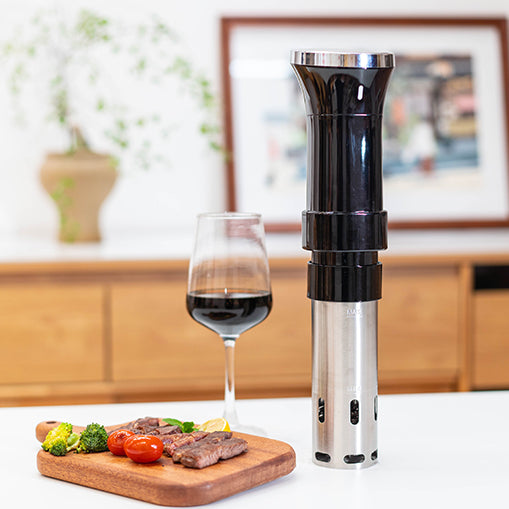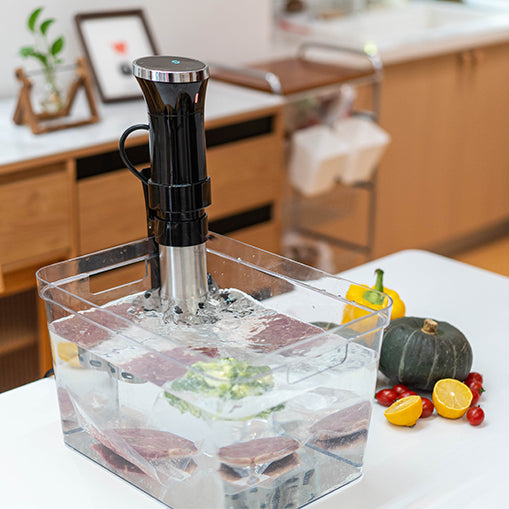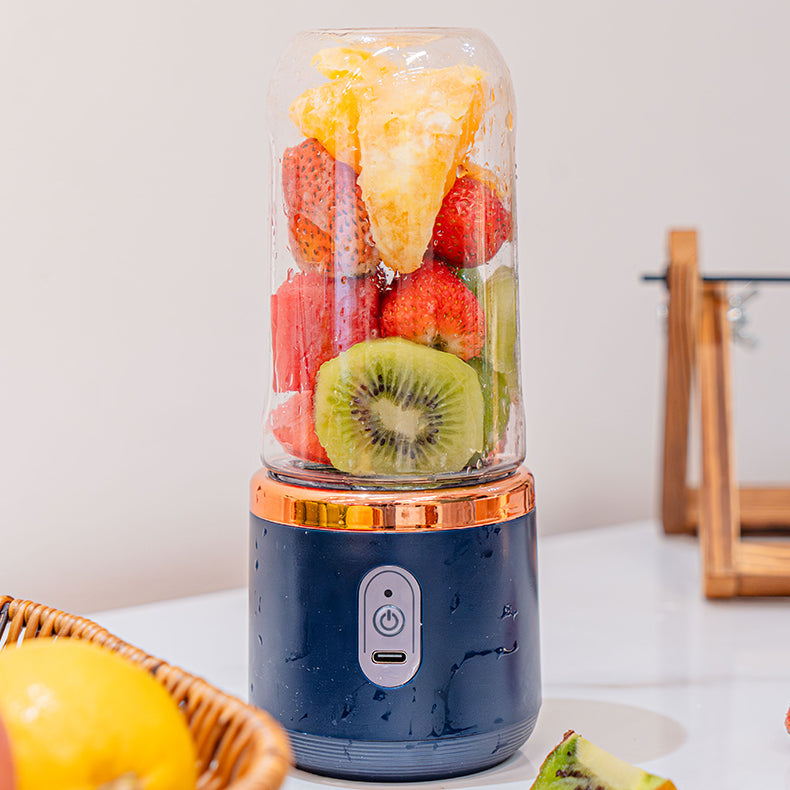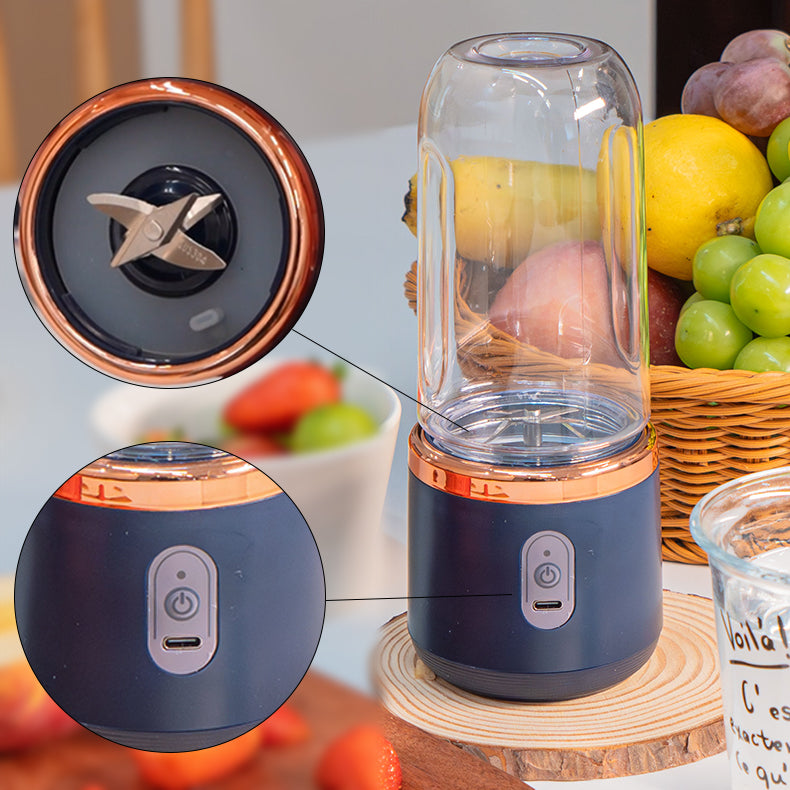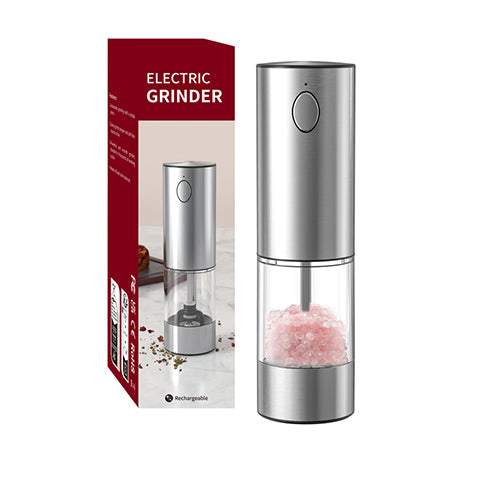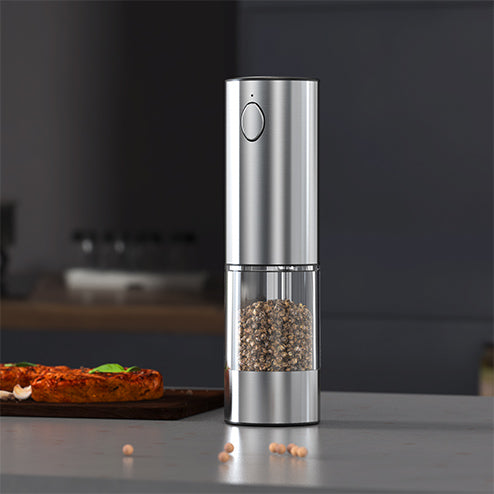Eggs are a staple in many kitchens. But using raw eggs in recipes comes with risks, including exposure to harmful bacteria like Salmonella. That’s where pasteurizing eggs comes in, making them safe for consumption in both raw and lightly cooked dishes. Using the sous vide method is a simple and effective way to pasteurize eggs with sous vide right at home, ensuring your eggs are safe while maintaining their texture and flavor.
In this guide, we’ll explain why pasteurization is important, why sous vide is the best method, and provide you with a step-by-step process. By the end of this article, you’ll know how to pasteurize eggs sous vide with confidence, and you’ll be ready to use them in a variety of dishes.

Understanding the Importance of Egg
Pasteurization Egg pasteurization is a process that gently heats the eggs to a specific temperature to kill harmful bacteria without cooking them. This makes them safe for raw recipes like Caesar dressing, hollandaise sauce, or even for lightly cooked dishes like poached eggs.
The main reason to pasteurize eggs is to eliminate the risk of Salmonella, a bacterium that can cause foodborne illness. It is estimated that about 1 in 20,000 eggs contains Salmonella, but pasteurizing eggs with sous vide at home can reduce this risk significantly.
For home cooks, especially those who enjoy making raw egg-based recipes, sous vide pasteurized eggs are a safer option. Pasteurizing your eggs sous vide also extends their shelf life and preserves their texture for use in both cooking and baking.
Why Use Sous Vide for Pasteurizing Eggs?
Sous vide is one of the easiest and most precise methods for pasteurizing eggs. Here’s why:
- Precision: Sous vide egg pasteurize allows you to set and maintain the water at a constant temperature. This is critical for pasteurization because it must be heated to a specific range to kill bacteria without cooking the egg.
- Consistent Results: Unlike stove-top methods where temperature control can be tricky, sous vide provides consistent results, ensuring that every egg is pasteurized evenly.
- Minimal Effort: The process is largely hands-off. Once you set the sous vide machine and place the eggs in the water bath, you can walk away until it’s done. The combination of precision and ease makes sous vide egg pasteurization an ideal method for egg pasteurization, especially if you're looking for a simple, reliable way to make safe eggs at home.
How to Pasteurize Eggs Sous Vide: A Step-by-Step Process
To ensure your eggs are safe for consumption while retaining their delicious texture, follow this detailed step-by-step guide on how to pasteurize eggs using the sous vide method.
Equipment You’ll Need
To pasteurize eggs using the sous vide method, you’ll need:
- A sous vide machine (immersion circulator)
- A large pot or water bath
- Fresh eggs (in their shells)
- Tongs or a slotted spoon for handling hot eggs
Temperature and Time Guidelines for Sous Vide Egg Pasteurization
To properly pasteurize eggs using sous vide, it's important to follow the right temperature and time. Here’s a handy sous vide egg pasteurization chart to guide you:
|
Temperature |
Time |
Pasteurization Level |
|
130°F (54°C) |
90 minutes |
Full pasteurization |
|
135°F (57°C) |
75 minutes |
Full pasteurization |
|
140°F (60°C) |
60 minutes |
Full pasteurization |
Choose the temperature that fits your schedule. Lower temperatures take longer but can preserve the egg’s texture better. Higher temperatures pasteurize eggs faster but risk slightly altering their consistency.
Step-by-Step Instructions for Pasteurizing Eggs Safely
Here is the detailed steps for pasteurizing eggs sous vide:
1.Step 1: Set Up the Sous Vide MachineFill a large pot or container with water and set your sous vide machine to your preferred temperature based on the chart above. Wait for the water to reach the set temperature. The SCHWUA Sous Vide Machine is a precision cooking marvel designed for convenience and safety. With an impressive temperature range of 25°C to 95°C and a minimal deviation of just ±0.2°C, it ensures the eggs are cooked to perfection, preserving their optimal flavor and texture.

2.Step 2: Add the Eggs
Gently place your eggs into the water bath using a slotted spoon or tongs. Be careful not to crack the eggs, as the shells are needed to protect the eggs during the pasteurization process.
3.Step 3: Pasteurize the Eggs
Let the eggs cook for the time indicated in the chart. Make sure the water stays at a consistent temperature throughout the process.
4.Step 4: Remove and Cool the Eggs
Once pasteurization is complete, carefully remove the eggs from the water bath. Place them in an ice bath or cool under running cold water to stop the cooking process. Once cooled, they’re ready to use or store.
Cooking with Pasteurized Eggs
Pasteurized eggs open up a world of culinary possibilities, especially when it comes to recipes that call for raw or lightly cooked eggs. Here are some ways to use them:
- Raw Recipes: Since pasteurized eggs are safe to consume, you can confidently use them in recipes like Caesar salad dressing, mayonnaise, hollandaise sauce, and tiramisu.
- Baked Goods: Pasteurized eggs are excellent for baking, as they still whip well and contribute to the texture of cakes, meringues, and soufflés.
- Lightly Cooked Dishes: Enjoy poached or soft-boiled eggs without worrying about bacteria, or add a soft egg to ramen or salads.
How to Store Pasteurized Eggs?
Storing pasteurized eggs is simple, but there are a few guidelines to follow to maintain their freshness:
- Refrigeration: Once pasteurized, eggs should be stored in the refrigerator at or below 40°F (4°C).
- Shelf Life: Pasteurized eggs will last for about 1-2 weeks in the refrigerator.
- Labeling: It’s a good idea to label your eggs with the date they were pasteurized to keep track of their freshness.
Conclusion
In conclusion, knowing how to pasteurize eggs sous vide is easy, safe, and effective to eliminate the risks associated with raw eggs. With precise temperature control and minimal effort, sous vide pasteurization guarantees consistent results. Pasteurized eggs are versatile and can be used in a variety of raw or lightly cooked recipes, making them a valuable addition to any kitchen. By following the steps in this guide, you can enjoy safe, pasteurized eggs in all your favorite dishes.

